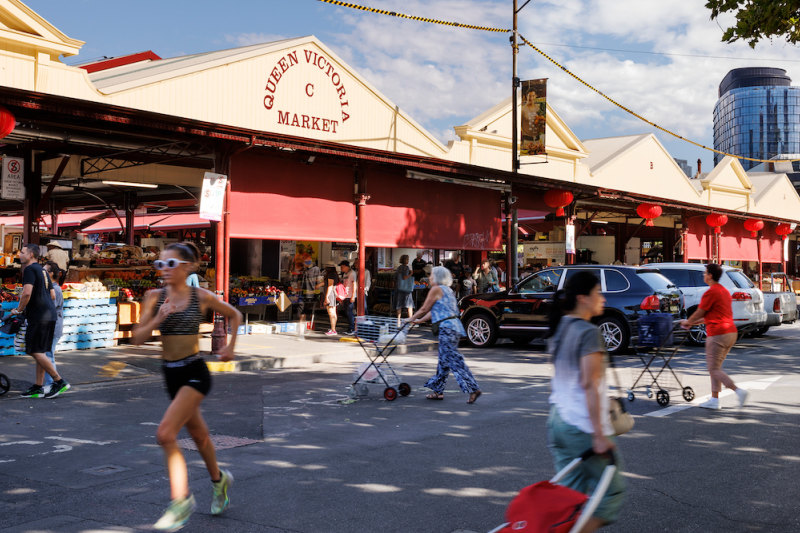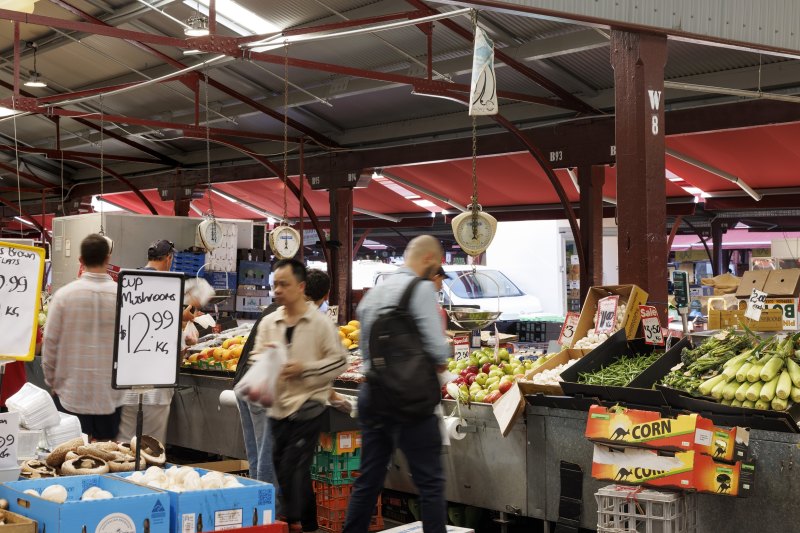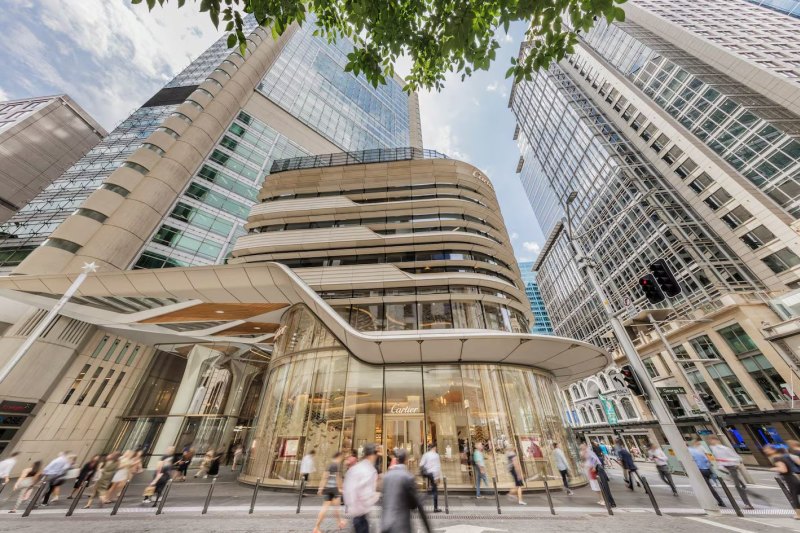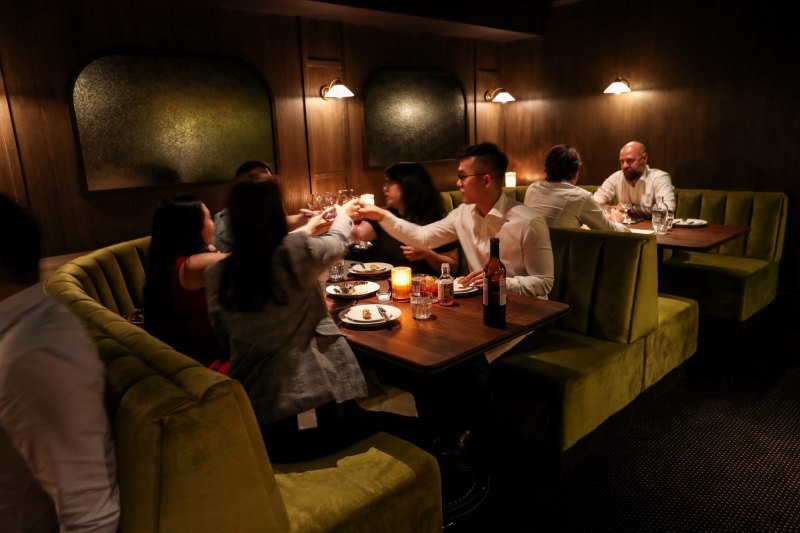
Dead centre: The Queen Victoria Market’s hidden past comes to light
Operating since the 1870s, the Queen Victoria Market is not only Melbourne’s oldest market, but also one of its most popular, attracting more than 10 million visitors each year.
The historic landmark – spread over two city blocks – was added to the National Heritage List in recognition of its links to the city’s early colonial population and characteristics of a 19th century produce market.

The Queen Vic boasts more than 500 small businesses selling everything from local fruit and vegetables, to gourmet foods, souvenirs and clothing.
Although not common knowledge, the site was the city’s first cemetery, operating from 1837 until 1854. The market officially opened in March 1878 and, with expansions in 1904 and 1922, took over the Old Melbourne Cemetery area.
“I believe there were some prominent figures buried there, including the politician John Fawkner, who opened the city’s first hotel and published two of its first newspapers,” says Mark Stephenson, heritage consultant and director of Trethowan Architecture, which worked closely with NH Architecture (lead architects) in recently restoring a number of the market’s sheds.
‘The best compliment is when people say they can’t notice any changes.’ Mark Stephenson, Trethowan Architecture director
The remains of Fawkner and others were later moved to Fawkner cemetery and there are few signs now of the site’s former use. Part of the structure of F Shed includes a brick wall built in the late 1800s to mark the northern edge of the cemetery boundary.
Other market buildings and sheds were expanded again in the 1970s through to the ’90s. As with the sheds from the 1870s, these additions form an important part of Melbourne’s story.
While NH Architecture focused on the planning of the market project, working with a number of stakeholders, including the City of Melbourne, Heritage Victoria and the traders, Trethowan Architecture honed in on the finer detail.

The roofs from Sheds A-D and H-I were replaced with ones that were insulated and able to provide a more comfortable environment for traders and the public. Other elements that were addressed include corbels, purlins, steel members and bluestone plinths.
The market upgrade, which received top design honours at this year’s architectural awards – The John George Knight Award for Heritage Architecture – would surprise many, given they are well camouflaged.
“It’s not one of those seductive architectural projects that aesthetically captivates you,” Stephenson says. “The best compliment is when people say they can’t notice any changes.”
Stephenson followed Australia’s heritage guidelines, the Burra Charter, of “doing as much as is necessary, but as little as possible”.
One of the insertions made to the fabric of the market was providing better electricity service for traders, replacing the cables that were strung through the rafters. These simple timber posts, about a metre high, bring power and water within reach, but also out of sight.

In other areas, the original timber posts supporting the roof were carefully repaired after some were found to be rotten. Some needed to be “surgically treated” by splicing in new timber. As for dents and the battering that have created a rich patina over many decades, these were left to preserve a slice of history.
Suggestions to raise the heights of the original roofs were not entertained, given it was paramount not to create a new imprint on the skyline. “We worked with terrific builders to ensure that the heritage guidelines were fully adhered to,” says Stephenson.
The architecture awards jury said: “We were greatly impressed by the seamless integration of the outcome, preserving the chaos of the market while providing traders with improved access to power, water and mobile food storage units that were co-designed with the traders.”
Given the popularity of the market for locals and tourists, a prime component to the brief was to minimise disruption.
While the roofs of the sheds may appear original, the new fabric simply makes the experience of visiting the market that much more pleasurable.










